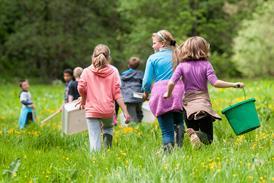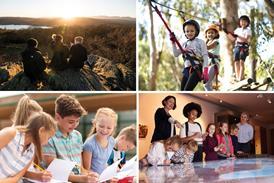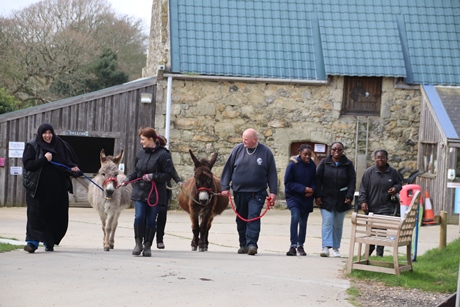School trips to get pupils interested in the world around them and the variety of animals that live among us.
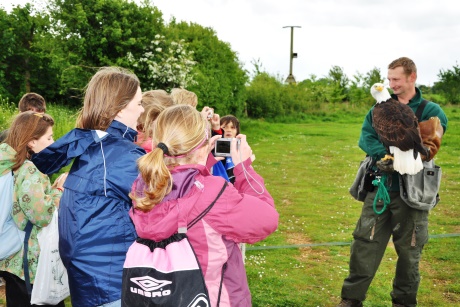
With TV shows such as Autumnwatch, Planet Earth, and Blue Planet reaching our screens this year, the attraction of learning about the planet and its inhabitants is ever more appealing, especially for children.
However, some children may not have access to these kind of experiences, such as visiting zoos and wildlife parks; therefore a school trip to one could be a trip that many will remember forever.
ZSL London Zoo and ZSL Whipsnade Zoo are both examples of great places to take children. Not only can they see some endangered animals, they can also find out more about their habitats, the way they have adapted, and how they feed, reproduce and live. Both zoos run educational sessions such as Colour, Pattern and Camouflage for Key Stage 1, Bones and Movement for Key Stage 2, Adaptations for Key Stage 3, and Zoos and Conservation for Key Stage 4.
The Hawk Conservancy Trust in Andover, Hampshire is another great option for pupils; it can teach children about the many bird types that live on the planet, particularly birds of prey. There are a number of education packages available which can be catered for Key Stage 1 to 4 and can cover a variety of National Curriculum subjects. When visiting, schools will also get to watch some flight demonstrations which will not only be fun for pupils to watch but educational too as they’ll learn more about wing spans and the ways in which birds can fly.
Pictured: Teachers and students at The Donkey Sanctuary.
The Donkey Sanctuary in Devon is a charity, so not only can pupils visiting learn about the donkeys but they can learn more about how charities are run and the kind of work that goes on behind them. Downloadable resources are available for teachers planning on taking a class there, which contain activities that can be carried out before, during or after visiting.
Sea Life Blackpool can teach pupils about the wonders of the deep, from glowing jelly fish displays, to shark tanks and underwater tunnels. There is now a new ‘underwater classroom’ at the attraction and a Rainforest Rangers Table which teaches kids more about insects and bugs. On a visit, pupils can learn about conservation and Science by discovering the different species and how they are cared for both in the aquarium and in nature.
Yorkshire Wildlife Park offer schools plenty, such as the Aren’t Animals Amazing workshop which includes getting hands-on with animal artefacts for Primary schools to the Zoo Careers session for Secondary students which looks at the various roles within the zoo and in conservation. Animals that you can see when visiting include polar bears, giant otters, wallabies, baboons and lemurs.
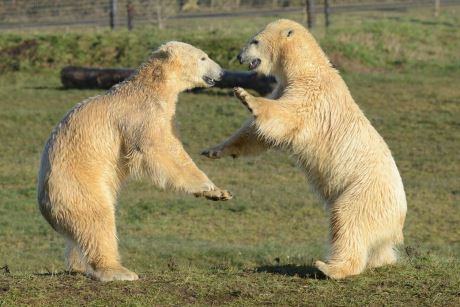
Pictured: Polar bears, Nobby and Nissan, at the Yorkshire Wildlife Park.
The British Wildlife Centre in Surrey looks at native animals to Britain, so pupils will be able to go away and spot some of the animals in their natural habitats, encouraging them to get outside more. The centre offers educational visits for Key Stage 1 to 3 in a programme called ‘Animal Encounters’ which looks at the centre’s collection of more than 40 types of wild animal and birds. Minimum size of school classes is 20 and maximum is 90.
Top tip: It’s worth researching your local area for nature reserves and parks that are known to have rich wildlife. Some might not realise just how much wildlife is all around us day to day, so by taking children out of the classroom to discover it could lead to them having a better understanding, appreciation and interest in the world around us.

